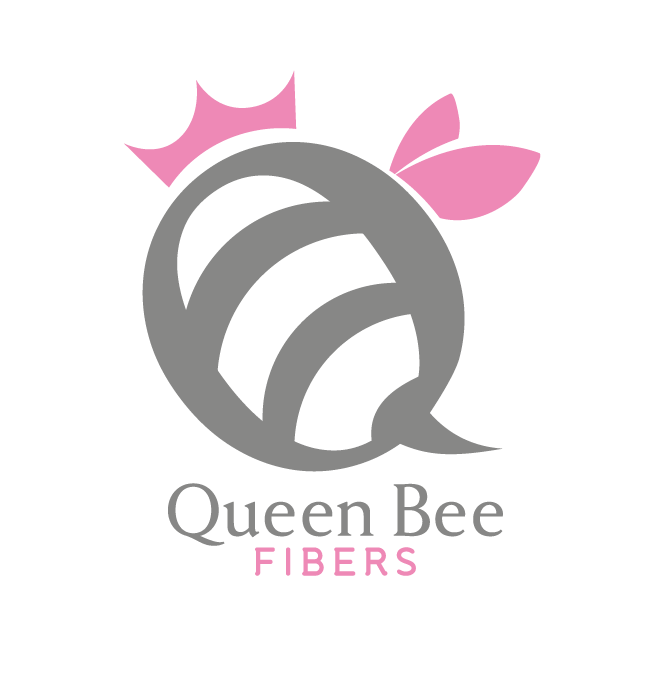Merino
Photo credit https://milligansganderhillfarm.wordpress.com/2013/06/06/merino-sheep/
Their fleece average from 9-14 pounds with a 50 percent yield from washing.
The fiber has an average staple length of 2”-5”.
The average micron count is 20-22 for adults.
Woolen
Prep- Scoured, rinsed twice. Teased then carded. Spun woolen using a long draw.
After washing the fiber, I notice that the fleece was infested with dead lice. After further inspecting the fleece I also noticed that the tips had been shorn off. Even though the fiber seemed very clean and white after washing, it became apparent that after it dried there was still a lot of lanolin left on the fiber. There were also a lot of neps and second cuts that I tried to remove during the teasing process. The fiber was hard to comb because of the stickiness but it helped the rolags stay together nicely. The fiber drafted fairly well but I had to do an assisted long draw from time to time.
Suggested end use: The finished yarn is very soft and fluffy, making it very suitable for a next to the skin projects. I do think that if it is something that gets a lot of wear and tear that it will pill. I believe it would make a great hat, scarf or baby sweater.
Worsted
Prep- Scoured using dip washed method, rinsed twice. Teased then combed. Spun worsted using a short forward draw.
After washing the fiber, I notice that the fleece was infested with dead lice. After further inspecting the fleece I also noticed that the tips had been shorn off. Even though the fiber seemed very clean and white after washing, it became apparent that after it dried there was still a lot of lanolin left on the fiber. This made the fiber sticky and hard to comb. There was also a lot of neps that I tried to remove while spinning. I couldn't spin butt to tip because I wasn't able to identify which was which.
Suggested end use: The finished yarn is so soft and would be great for a next to the skin projects. I do think that if it is something that gets a lot of wear and tear that it will pill. I believe it would make a great hat, scarf, shawl or baby sweater.









